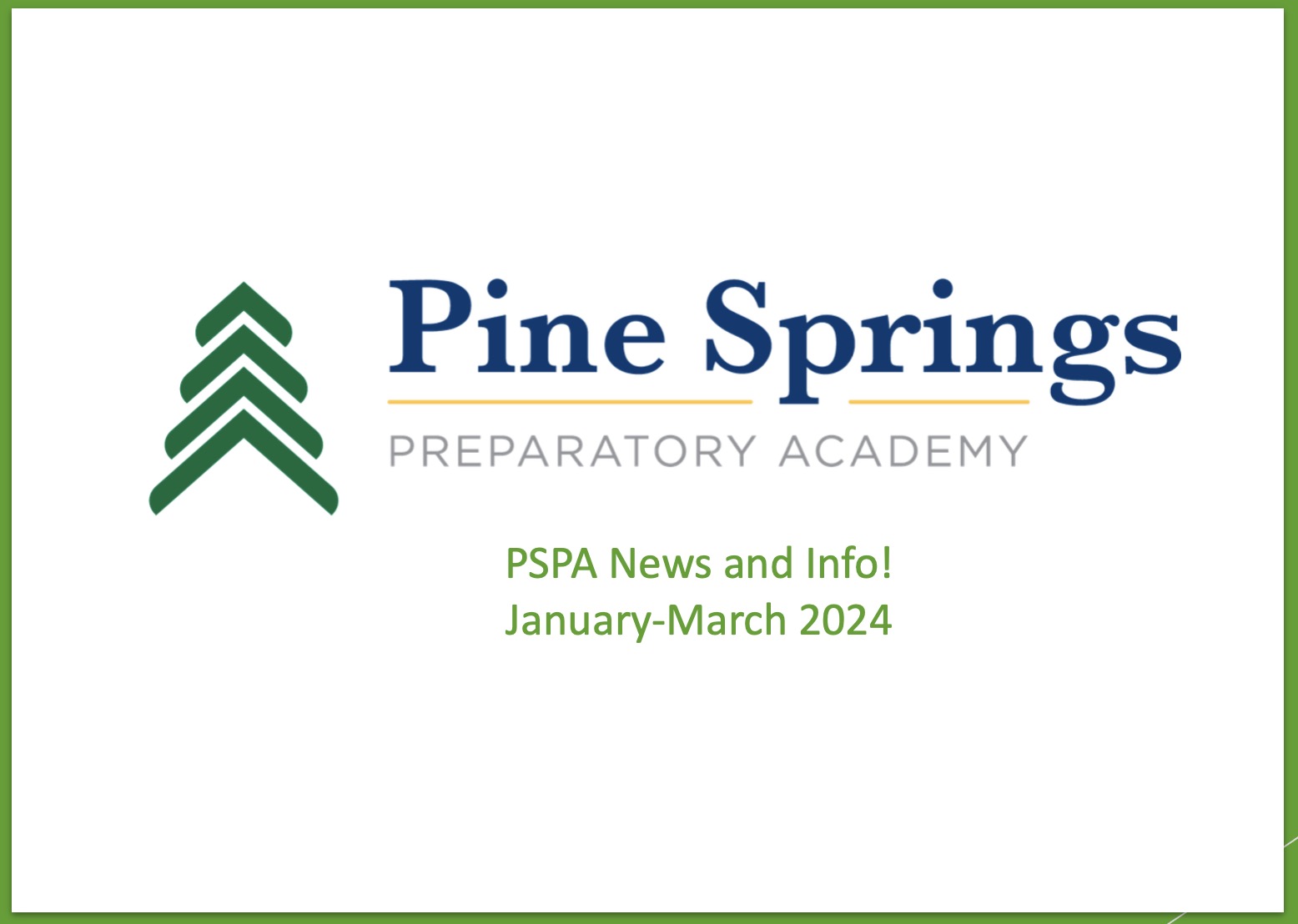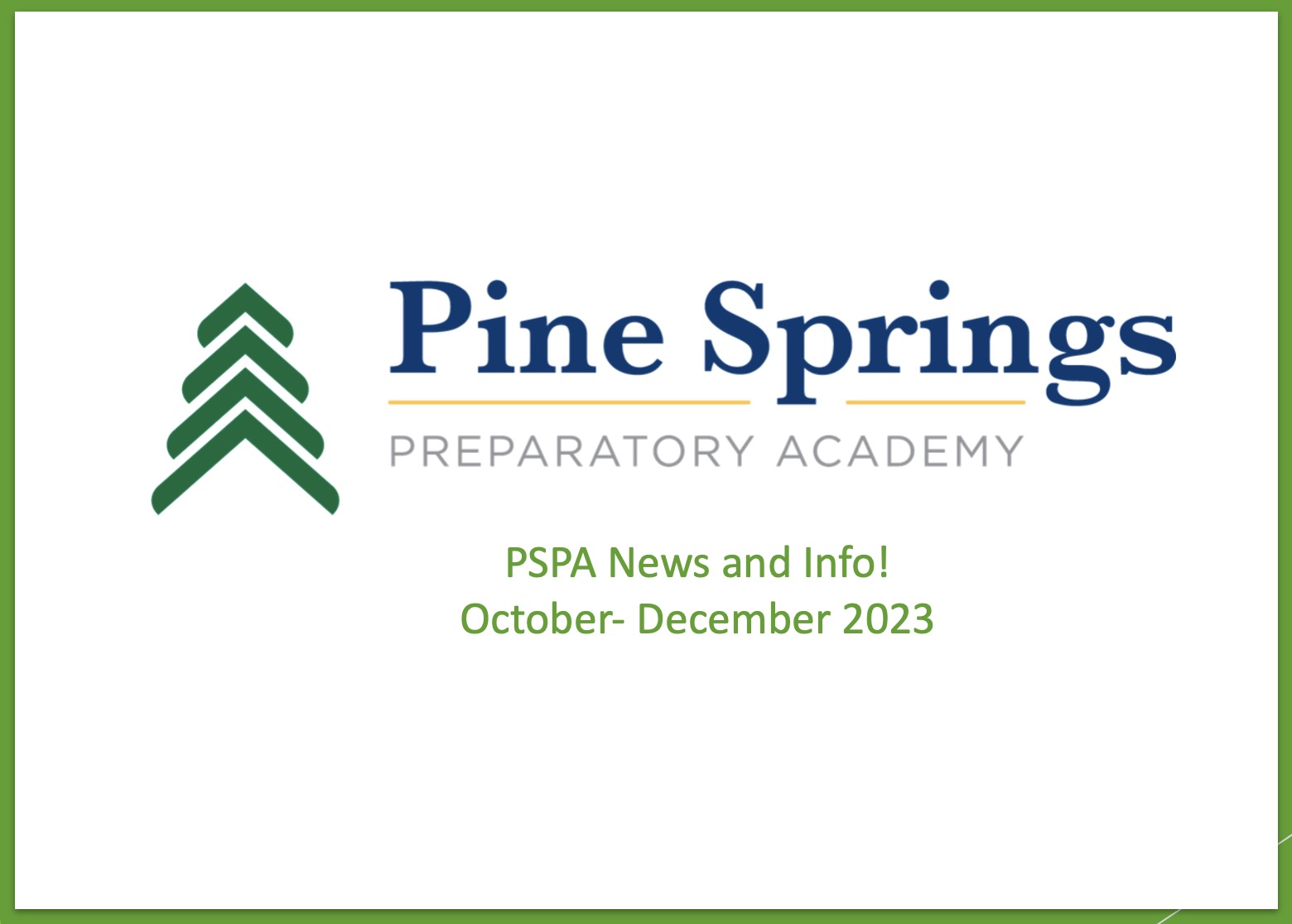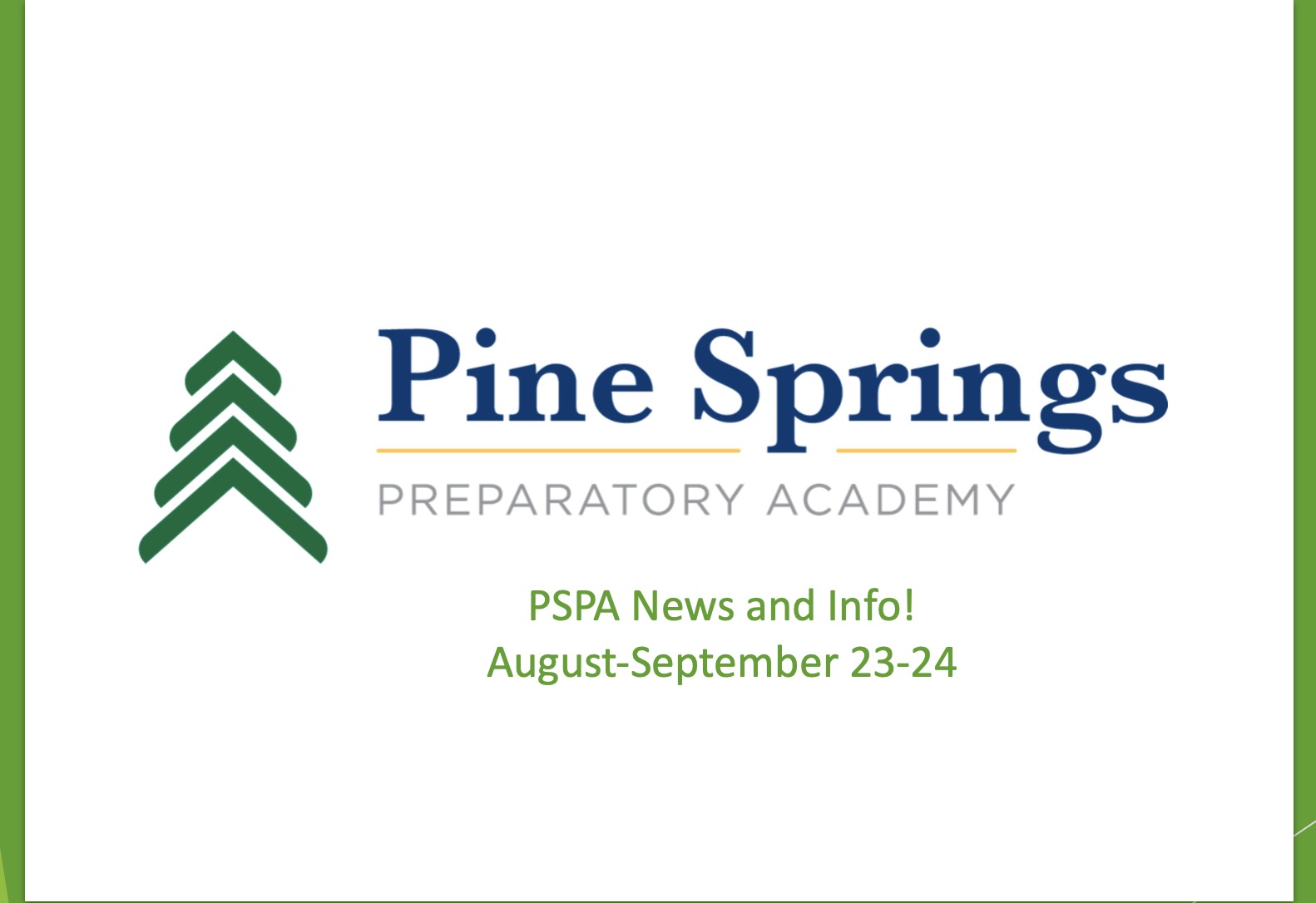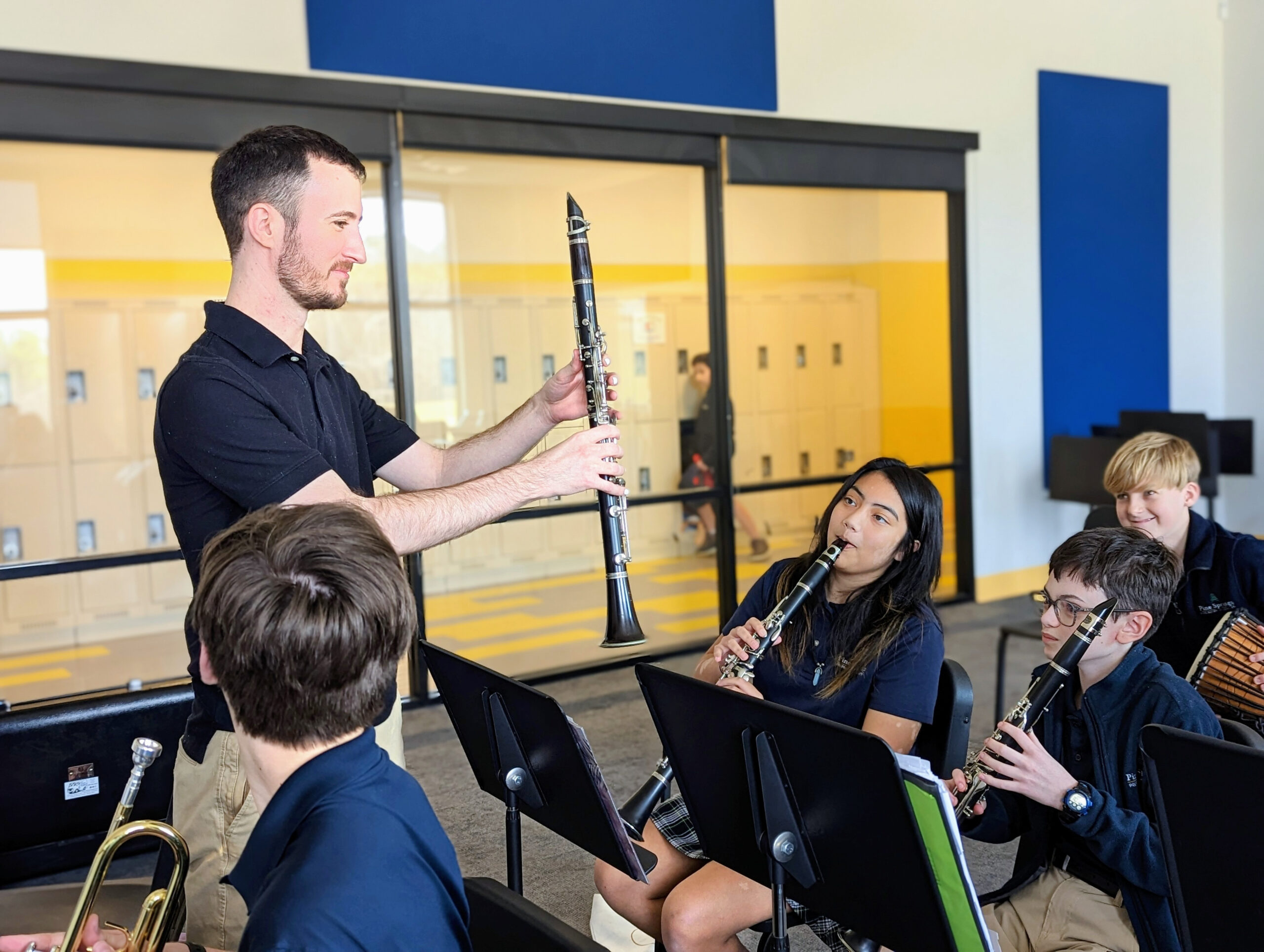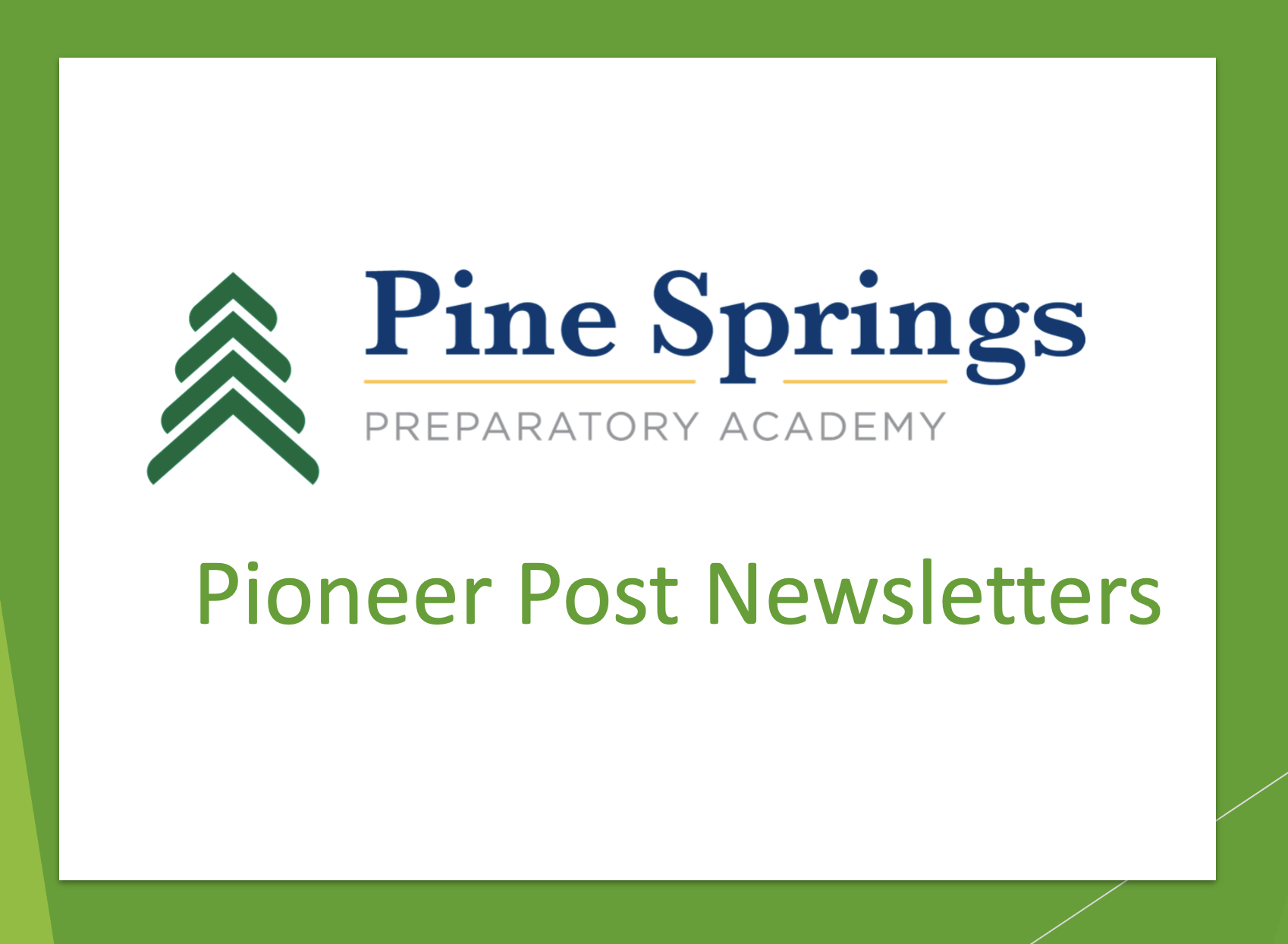Improving Student Outcomes with Project-Based Learning
Read all about it! Obtain the .pdf for this Spotlight on Project Based Learning!
At Pine Springs Preparatory Academy, the student comes first. One way we put that into action is through the use of project-based learning (PBL), an educational approach that gives students an active role in deciding what they learn, how they learn it, and how they demonstrate their learning.
“PBL is learning by doing. Students have the opportunity to develop knowledge and skills through engaging projects that are set around the challenges and problems they may face in the real world,” explains Jodi Rubin, a PBL and instructional coach for grades K-8 who is in her sixth year at PSPA. “This type of learning is inquiry-based and does not have just one answer.”
PBL differs from traditional classroom methods in that it is student-driven and personalized. It builds upon the traditional curriculum by making connections between those lessons and the real world.
Recent studies also indicate that PBL may help raise standardized test scores. For example, a study from the University of Michigan and Michigan State University found that students in PBL classrooms outperformed traditional classrooms by eight percentage points on a state-level test. Additional independent studies show PBL strengthens student engagement, improves learning, and has other positives impacts on students regardless of their backgrounds.
“I have personally been teaching through PBL for many years, and my English Language Arts (ELA) test scores at PSPA were always in the top 10% of the state,” says Rubin. “The hope is that students are learning and practicing skills through PBL and applying those skills when they are taking standardized tests. Standardized tests assess a basic level of knowledge, while PBL forces students to apply and create, which is so much more challenging.”
Integrating PBL with Classrooms and Curriculum
PBL starts with a thorough planning process to ensure the project is likely to achieve the intended outcomes. First, the content or skill is examined to make sure it fits within this educational style. Is it a core concept the students need to learn? Is it important for further learning? Is there a connection between this content and the real world? Next, there is brainstorming to define what the student product will be.
The administration and PSPA board is sometimes involved in the planning, and they may even play a role in the actual project by participating in project launches or attending the final presentation. Teachers also collaborate to make projects connect across subjects, curriculum and grade levels.
Once a project is ready to go, it is integrated into classrooms. Through teamwork and planning, teachers can successfully facilitate a PBL classroom with students working independently and ensure no student is left behind.
While the projects are student-driven, guidelines are put in place to help ensure progress and accountability. For instance, project calendars are shared with students so they know deadlines, and pre-planned checkpoints allow teachers to be involved at regular intervals. These checkpoints also offer students multiple opportunities to show what they have learned. Modifications are made as appropriate to ensure that all students have the same opportunities throughout the project.
Finally, formative assessments are built into PBL to help measure student success. Tools such as writing prompts, exit tickets, rubrics, checklists and quizzes help assess student learning throughout the unit. At the project’s conclusion, students present their learnings to an audience.
PBL has become an important part of the PSPA culture. Here are a few of our favorite projects:
Fifth Grade’s Era Market
This project has become a tradition at PSPA, and students look forward to being in fifth grade since they know they will be involved in this cross-curricular project! Think “Shark Tank meets Core Knowledge meets State Fair.” Each group of students selects a time period that they want to learn about through our curriculum. Then, they research their time period and come up with a craft, food, or game that represents that period. The students will pitch this idea and a complementary business plan to a board. Once their application is approved, they create their product to sell at the Era Market, using a budget donated by a local business.
Sixth Grade’s Machine Madness Competition
This project is a cross-curricular PBL on the Industrial Revolution. Similar to the March Madness NCAA basketball tournament, in Machine Madness teams compete against each other in a head-to-head competition with each winning team advancing to the next round. In order to move on, students must show that their chosen invention has had the most significant impact on society and the environment from the Industrial Revolution until now. To compete, students create a website about their invention and a product that represents their invention’s impact.
9/11 Museum
How can we as curators design and create a virtual museum to educate children on the events of 9/11 and the impact it has had on the world in the past 20 years? That is the question explored in this recurring project. One year students created an in-person museum, welcoming visitors from PSPA and the Holly Springs police department, then pivoted the following year and created a virtual museum. Through this project, the sixth graders have raised $5,000 for the Never Forget Fund.
Rocket Building
Seventh grade students design, create and fly their own model rockets in this project, which explores how we, as aerospace engineers, can build rockets that fly as high as possible to demonstrate and explain the kinematics and forces involved. After learning the nature of Newton’s Laws and forces, students are tasked with designing rockets from their own materials and designs, considering factors such as aerodynamics and weight distribution. After the launch, they present their designs, build process, obstacles and performance while reflecting on what they could have done differently.
Nuggets on Mars
A new PBL for this school year, Nuggets on Mars is done in collaboration with N.C. State University and is sure to become a student favorite! Through this project students explored dynamics around food production and the global population as they answered the driving question, can we eat chicken nuggets on Mars?
Voices of the Holocaust
In another new project, eighth grade students created an archive of stories to ensure the voices of Holocaust survivors endure throughout time. This year, they analyzed artifacts from Holocaust survivors’ suitcases and listened to a guest speaker tell his family’s story of surviving the Holocaust. Student teams chose one Holocaust survivor to research and then picked a method to tell their individual survivor’s story. Many students were able to interview family members of Holocaust survivors, often using Zoom to speak with people from other countries. Students then retold the stories of these survivors through documentaries, art pieces, scrap books and other mediums of their choosing.
Preparing for the Future
The critical thinking skills that students learn through PBL projects set them up for success in many future scenarios, such as situations they might encounter in the workplace. According to Forbes, the top five traits’ employers most value in 20-something employees are:
- Ability to work in a team
- Ability to make decisions and solve problems
- Ability to plan, organize and prioritize work
- Ability to communicate verbally with people inside and outside an organization
- Ability to obtain and process information
“These are the exact soft skills PBL focuses on,” says Rubin. “The students are given the opportunity to work on these skills in a carefully guided way with a teacher helping them through the process.”
For Rubin, the reward is watching students grow and change throughout their PBL experiences.
“Students gain confidence by seeing what they are able to accomplish through a PBL unit,” Rubin explains. “I once had a student who hated public speaking and was extremely shy in general. By the end of our PBL unit, he was performing Shakespeare in front of an audience. It is amazing to see what students can achieve through PBL. They grow so much in their communication and cooperative learning skills, and I believe they remember the content because they can connect to the world outside of the classroom.”


